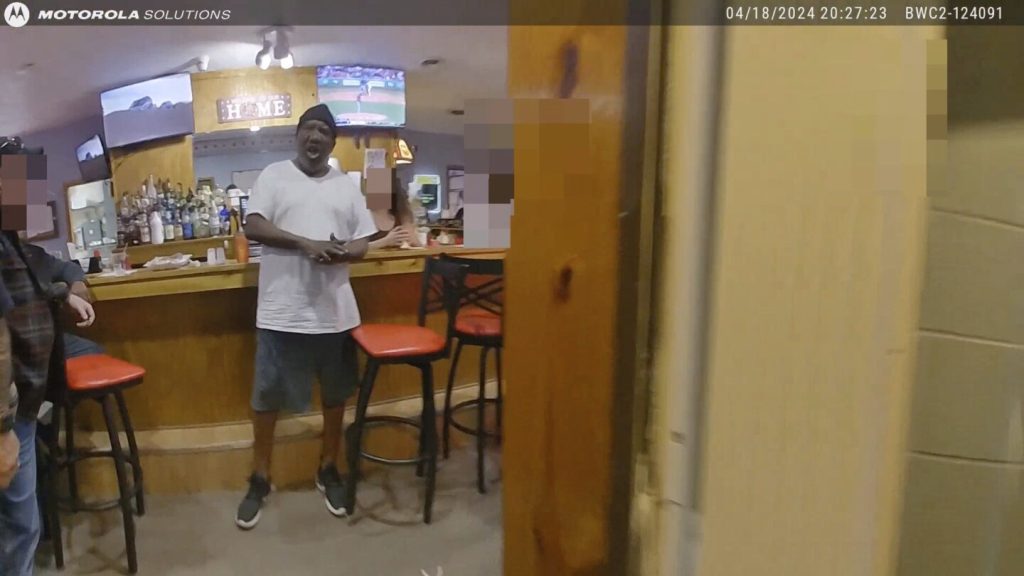An Ohio man named Frank Tyson died in police custody after being handcuffed and left facedown on the floor of a social club in Canton, Ohio. Police body-camera footage showed officers responding to a report of a crash and finding Tyson at a nearby American Veterans post. Tyson resisted being handcuffed, saying repeatedly, “They’re trying to kill me” and “Call the sheriff.” Despite Tyson telling officers he couldn’t breathe, they did not take immediate action, and instead restrained him further, including with a knee on his back. This situation mirrors events leading to the death of George Floyd in Minneapolis in 2020.
After five minutes of being restrained, an officer asked if Tyson had calmed down, to which another officer replied that he might be unconscious. The officers only realized Tyson was in a medical crisis after some time, during which they were joking with bystanders and going through Tyson’s wallet. Tyson, who was Black, died at a hospital less than an hour after being detained. The two Canton Police Department officers involved in the incident, Beau Schoenegge and Camden Burch, have been placed on paid administrative leave.
Tyson’s family expressed their dissatisfaction with the police response, with his niece calling the video footage of the incident “nonsense.” Tyson had recently been released from prison after serving time for a kidnapping and theft case. An autopsy was conducted, and the results have been released to a funeral home. The Ohio Attorney General’s Bureau of Criminal Investigation is conducting a probe into the incident, with a focus on determining if charges are warranted related to the use of force by the officers involved in Tyson’s death.
Canton Mayor William V. Sherer II offered his condolences to Tyson’s family and pledged transparency throughout the investigation. The U.S. Department of Justice has long warned about the dangers of positional asphyxia, advising officers to avoid leaving suspects facedown after being handcuffed. The practice can lead to compression of the lungs and stress on the heart, potentially resulting in difficulty breathing or death. A recent investigation by The Associated Press found that over a decade, more than 1,000 people died after being subdued by police in ways that were not intended to be lethal, such as prone restraint.
The incident involving Frank Tyson’s death has sparked concerns about police handling of individuals in custody and has drawn parallels to other cases of deaths in police custody, highlighting the need for proper training and awareness of the risks involved in restraining individuals in certain positions. The outcome of the investigation into Tyson’s death will determine if the officers involved will face any charges related to their actions on the night that Tyson died in police custody.


